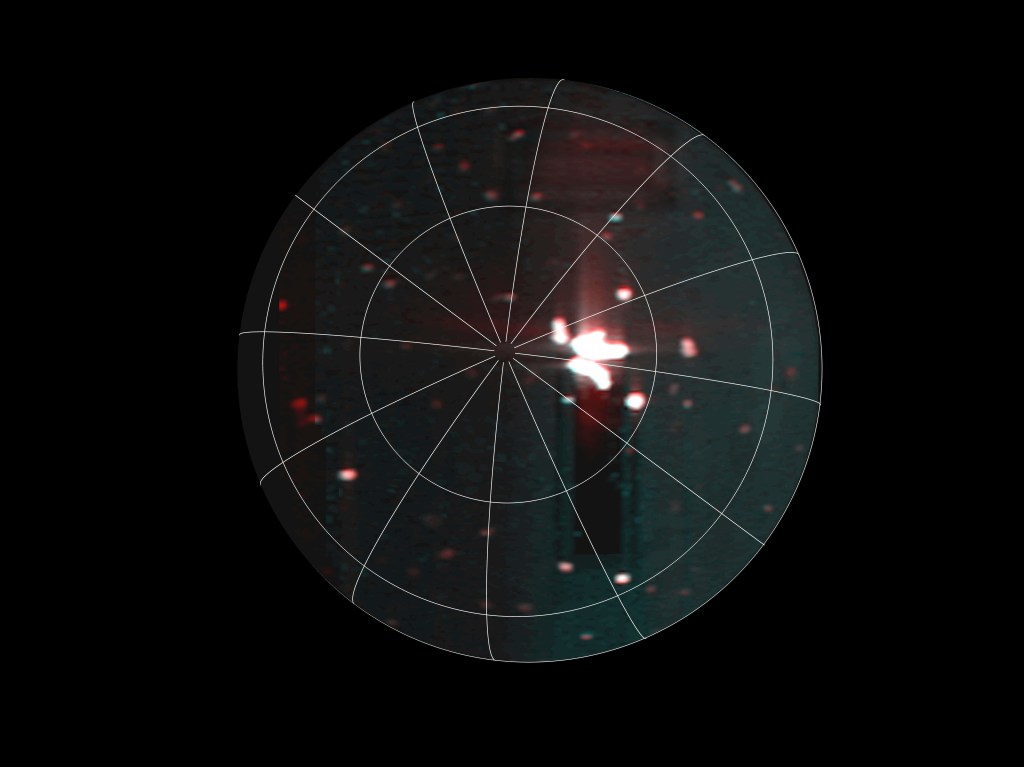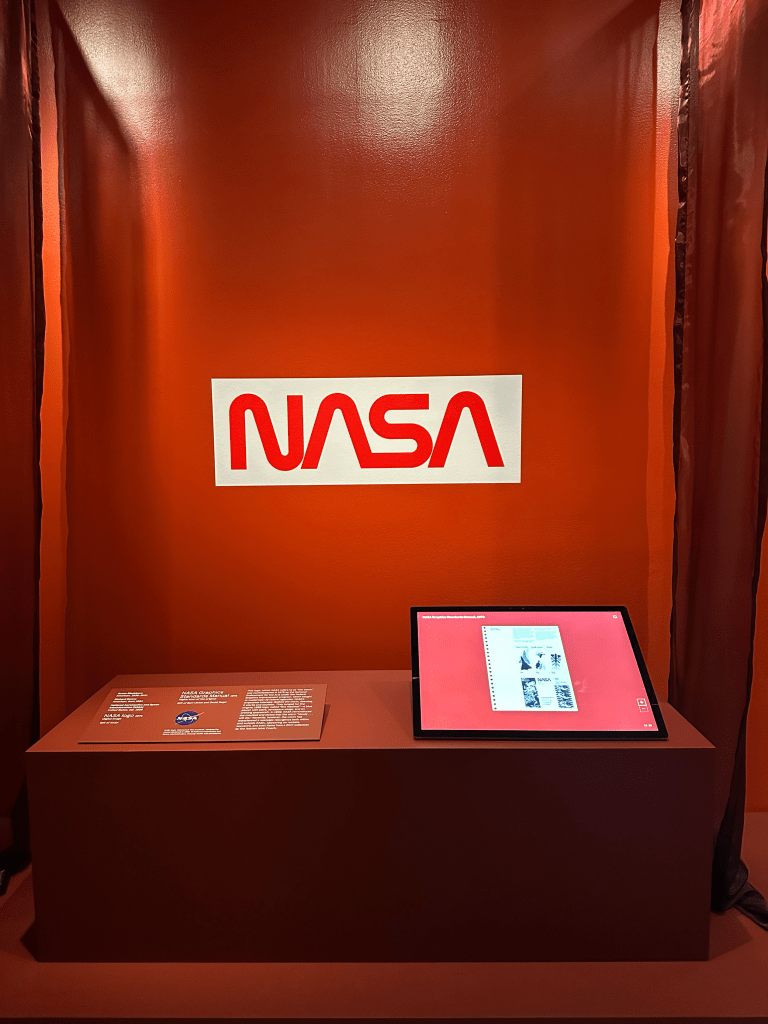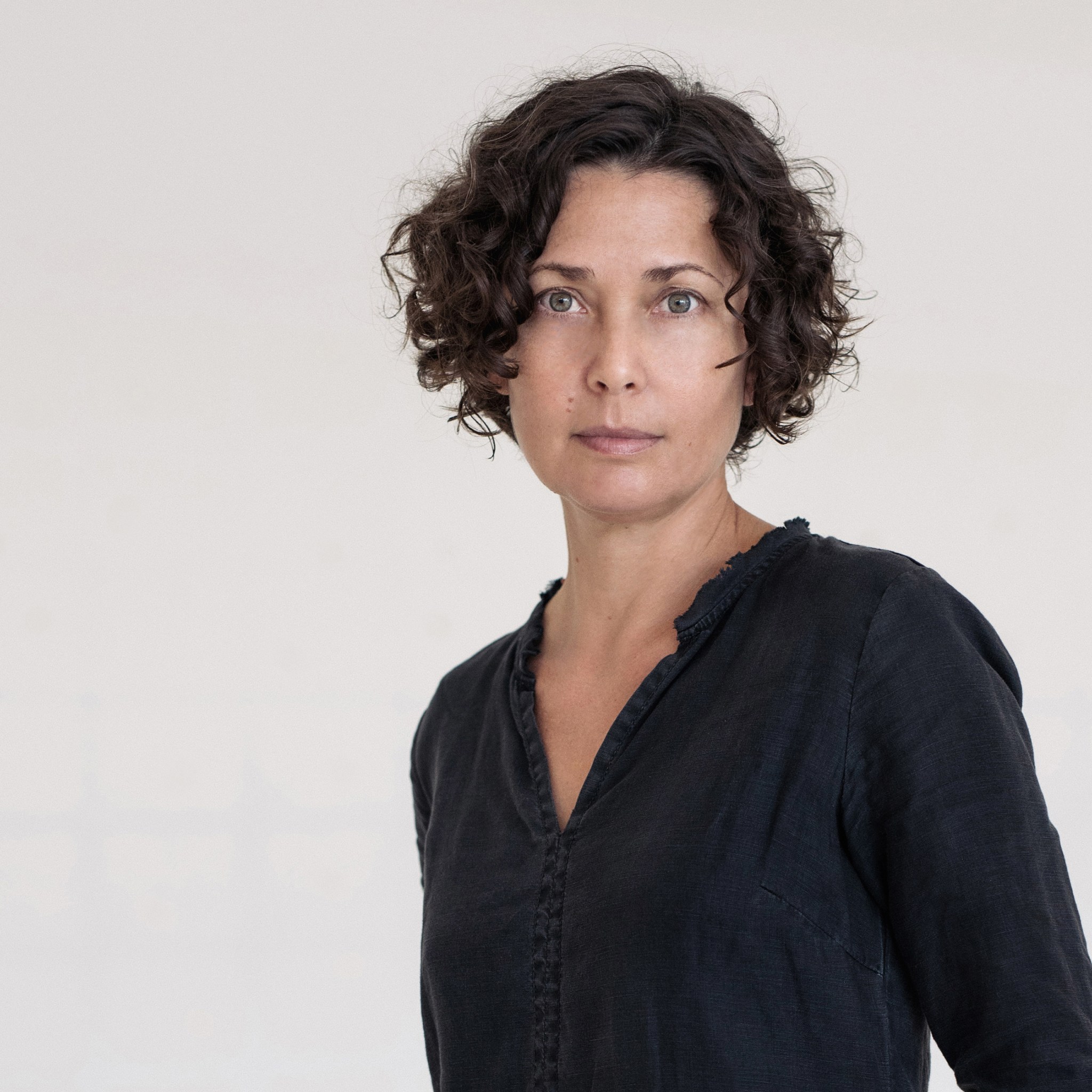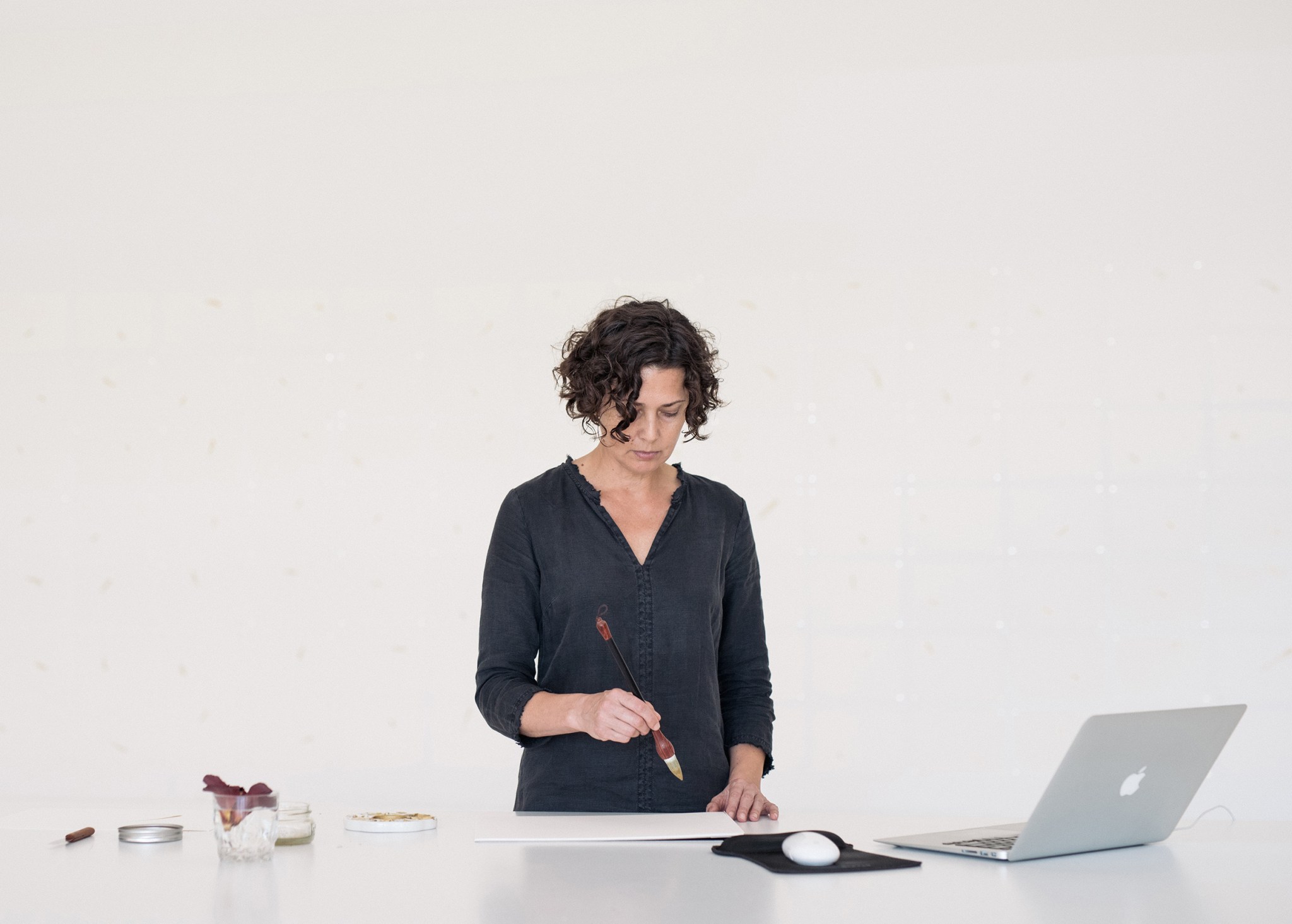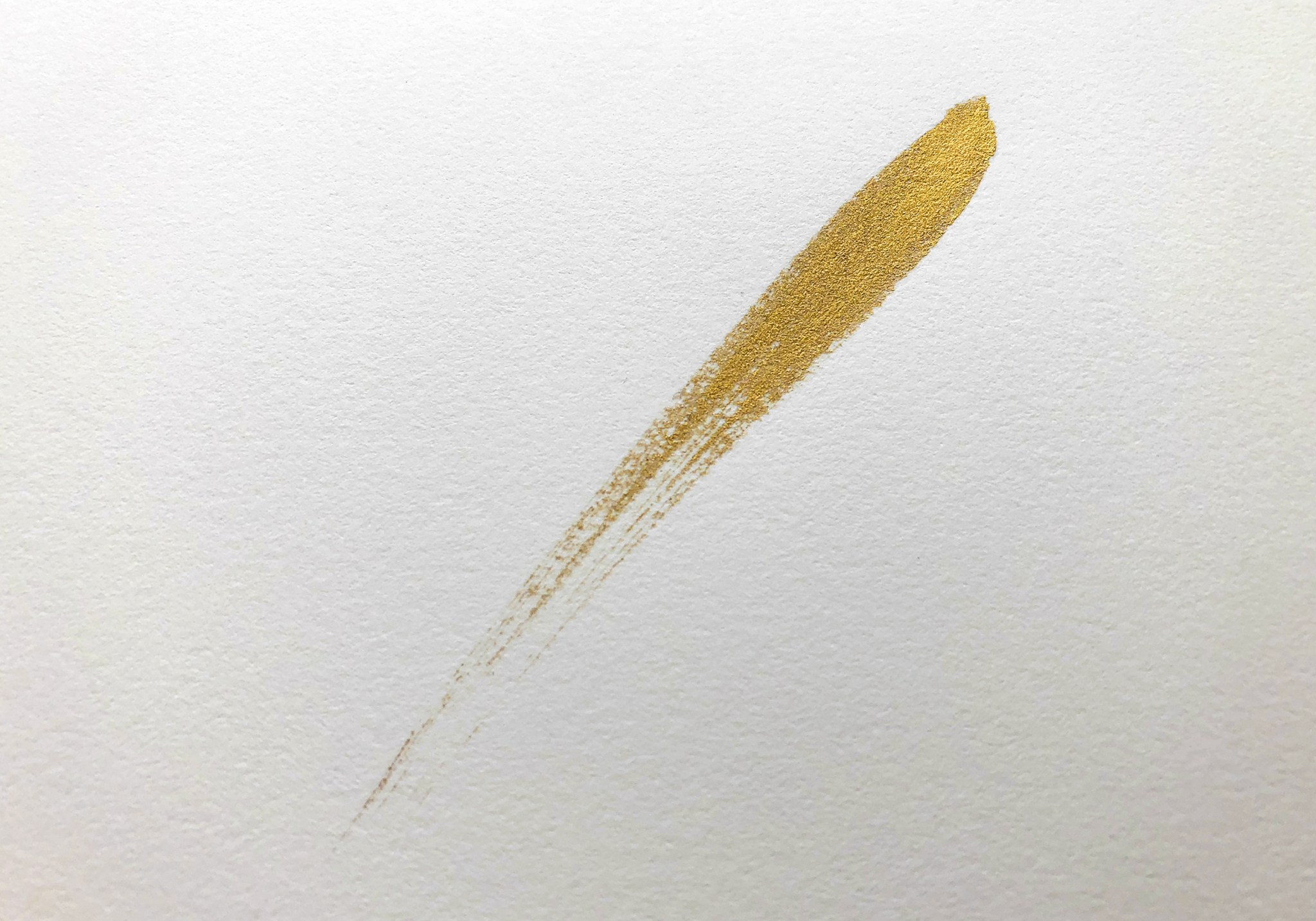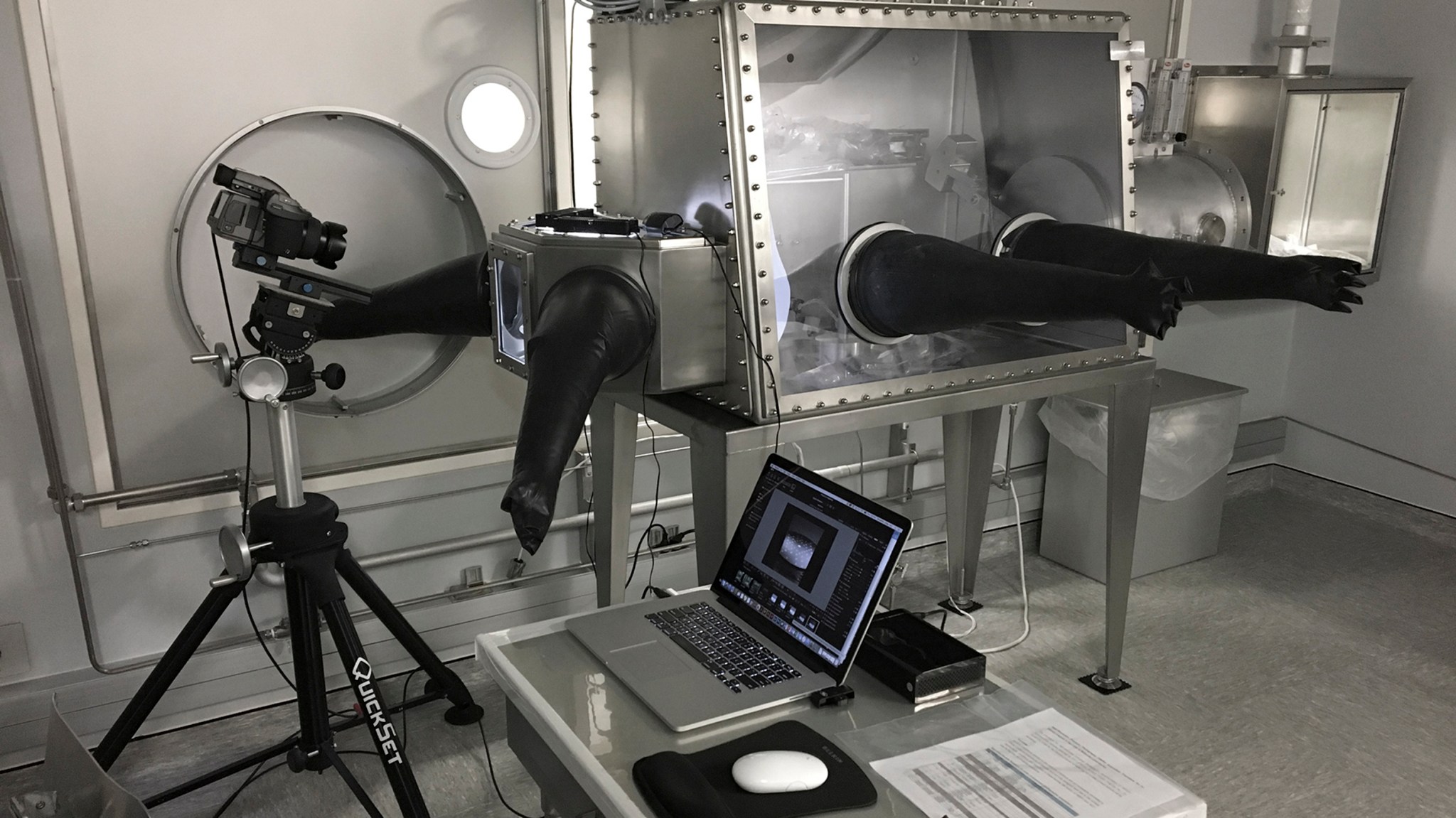As an artist collaborating with Johnson Space Center’s Astromaterials Research and Exploration Sciences Division (ARES), Erika Blumenfeld is making a home for the arts at NASA. A recipient of the Guggenheim Fellowship and Smithsonian Fellowship, Blumenfeld is an independent research-based artist focused on the wonder of natural phenomena and the human relationship with the natural world. She works frequently with scientists and research institutions like NASA to produce art across a variety of media from sculpture to video installation and painting.
A recent two-part event at Rice University gave her the chance to share some of her most recent work with the public. Held September 6, the event began with “Consequence of Wonder”, an in-depth discussion from Blumenfeld on her current research and art practice, including ongoing project Encyclopedia of Trajectories. This was followed by a panel presentation with NASA team members ARES Chief Cindy Evans and Apollo Sample Curator and Astromaterials Acquisition & Curation Office Manager Ryan Zeigler to discuss their project building a library of research-grade 3-D models of ARES’ Apollo lunar and Antarctic meteorite samples. The event highlighted Blumenfeld’s exhibition at the BioScience Research Collaborative at Rice of 110 drawings from the Encyclopedia of Trajectories series. Running through October 26, the exhibition is free and programed by Rice Public Art.
Discussing her interest in the natural phenomena of Earth and space, Blumenfeld shared with her audience, “The questions that have guided my artistic research since the earliest days of my practice are those that seem to continuously seek to locate our inextricable connection to the world around us: to each other, to our entire Earth system, extending all the way back to how we might be connected to the moment our universe burst into being. In other words, a connectedness that is at the same instant profoundly personal and intimate, and yet encompasses the whole cosmos. My work recurrently leads me to a specific key human emotion that I see as a convergence of both personal and cosmic reflection: the feeling of wonder.”
For Encyclopedia of Trajectories, Blumenfeld sought to share the feeling of wonder by focusing on fireballs – a special category of shooting star as bright as or brighter than Venus. Independent from her work at NASA, she began this large-scale performative drawing project in 2017 and is still hard at work. A massive body of art already, the project will eventually include a gestural performance of every fireball event from June 2017 to June 2018. Thousands of these meteor events occur every year. To create her drawings, Blumenfeld meticulously downloaded each available video provided by the NASA All Sky Fireball Network – a network of 17 all-sky cameras throughout the United States – for the period studied. Each performance is presented on white handcrafted watercolor paper in 23.5k gold, chosen because this element was brought to Earth by meteor bombardment during our planet’s early formation.
Why call them performative drawings? Blumenfeld’s recreation of each meteor trajectory is unique. She first chooses one video from the recordings for each event, studies it intently to understand its distinct characteristics, and then uses body, brush, gold and paper to truly reenact the moment of the object’s luminous entry into Earth’s atmosphere.
“The work has become a daily practice of learning to embody the stars by reenacting the trajectories of meteors across our night sky through the trajectory I can achieve by moving a brush with my hand across a page,” she says.
At Johnson, Blumenfeld is revolutionizing access to ARES’ vast collection of astromaterials. Funded by a three-year NASA grant, she is leading a team to create a 3D Virtual Astromaterials Samples database of 60 Apollo lunar and Antarctic meteorite samples.
The database’s goal? Combine high-resolution 3-D models of the sample’s exterior with X-ray computed tomography scans of the sample’s interior for 60 Apollo lunar and Antarctic meteorite samples from NASA’s Astromaterials Collections housed at Johnson Space Center to “create a whole characteristic of the sample that people can hold virtually.” While interior data for each sample is collected from XCT scanning, exterior modeling requires an even more involved custom process.

“I produce the 240 high-resolution precision photographs of each sample manually, imaging the rocks every 15-degrees vertically and horizontally through the small science observation port window in the nitrogen cabinet that the sample must remain inside. We had to invent a whole system to accomplish this, designing and building equipment that met the strict materials restrictions in order to be allowed into the cabinet,” she says.
Ultimately, the project is destined for the public domain via ARES’ curation website. The 3D models will allow researchers across the world to study the samples virtually from their computer prior to submitting sample request proposals. The models will also be available for the general public for outreach and education through various virtual apps and platforms.
Leading a project in an environment saturated by scientists, engineers and empiricism, Blumenfeld shows that artists can contribute greatly to the sciences, and that a transdisciplinary approach is essential for adding balance.
Describing her experience at NASA and the larger question of collaborative relationships between the arts and science, Blumenfeld says, “I sometimes like to think of art and science as a binary star system, where each star is of equal brightness, and where their gravitational center is wonder. These two radiant sources of knowledge have been seemingly caught in this shared gravitational force for ages. Both fields have brought us to extraordinary depths within the intricacies of our natural and cultural worlds. At their core, they both work to expand perspectives, knowledge and meaning, often propelled by an experience with wonder, be it a natural or cultural phenomenon. When I approach collaborations with scientists and researchers, it is with this hope in mind. That in sharing our wonder for the subject at hand and engaging in discourse about our unique perspectives and knowledge-making practices, we might experience a reciprocal exchange of new levels of perspectives, knowledge and meaning.”
She adds, “There are many similarities in observational and research practices, but the differences between art and science are also important. While the empirical model is an inherent tool in the process of knowledge-seeking, so is our innate ability to share with one another the deeper emotionally-centered experiences that define being alive. Science has to be objective, but sometimes this can remove the human element. The arts have an interesting responsibility to bring meaning and human reflection to our sense of understanding.”
For Blumenfeld, “art is its own source of knowledge, with its own methodologies and basis for asking important questions. Art can nurture our sense of meaning and humanity, and it opens us to connect with our world and each other. Artists have the ability to bring different questions and points of reference to any field. Within the sciences, art can balance the objective nature of the empirical method by calling attention to how the phenomenal world yields meaning and value culturally.”
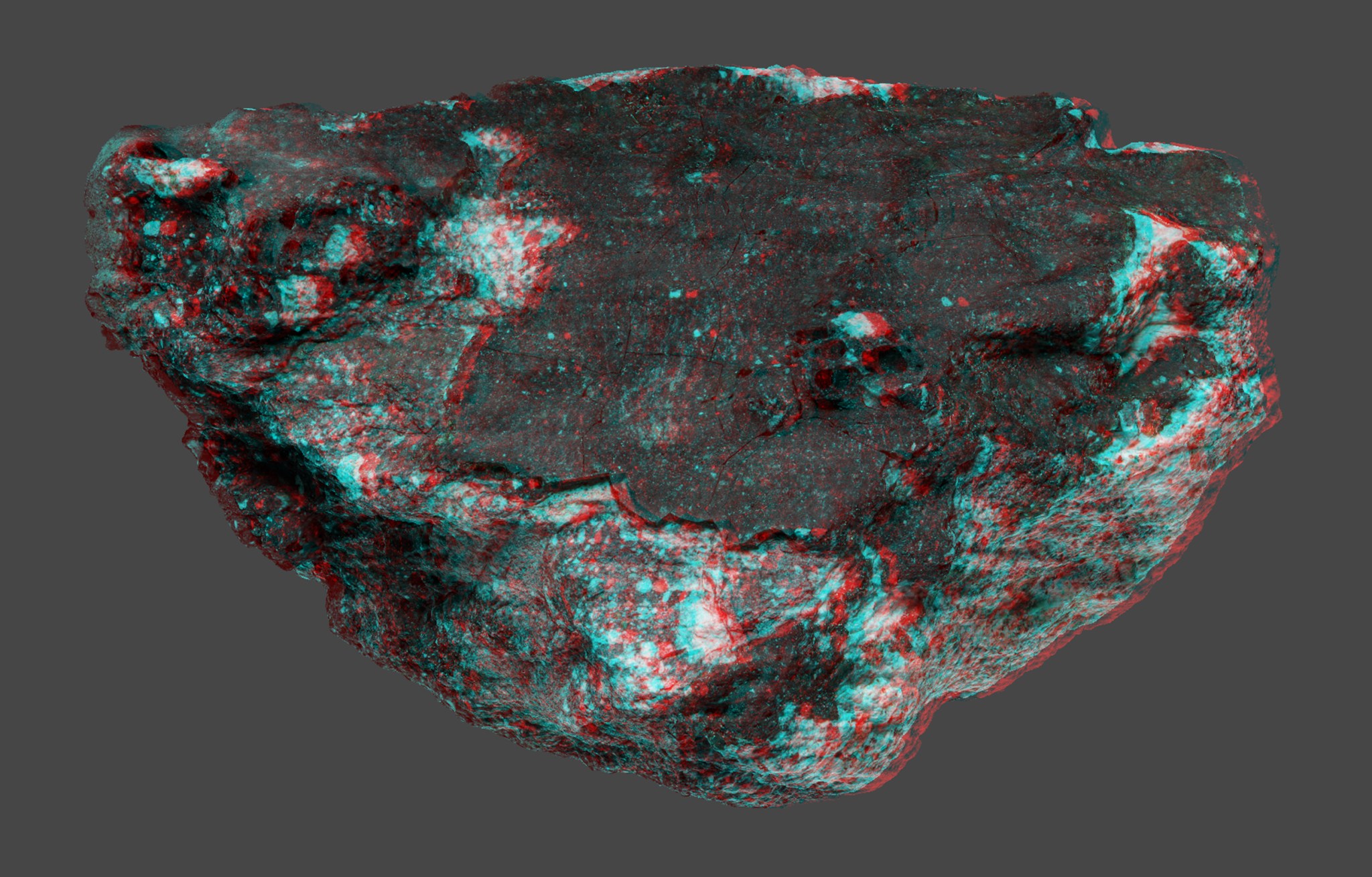
When completed, both her Encyclopedia and the 3D Virtual Astromaterials Samples Collection model database of ARES’ lunar and meteorite samples will provide worldwide audiences unprecedented access, allowing everyone to join us in our work to “Dare, Unite, and Explore”.

